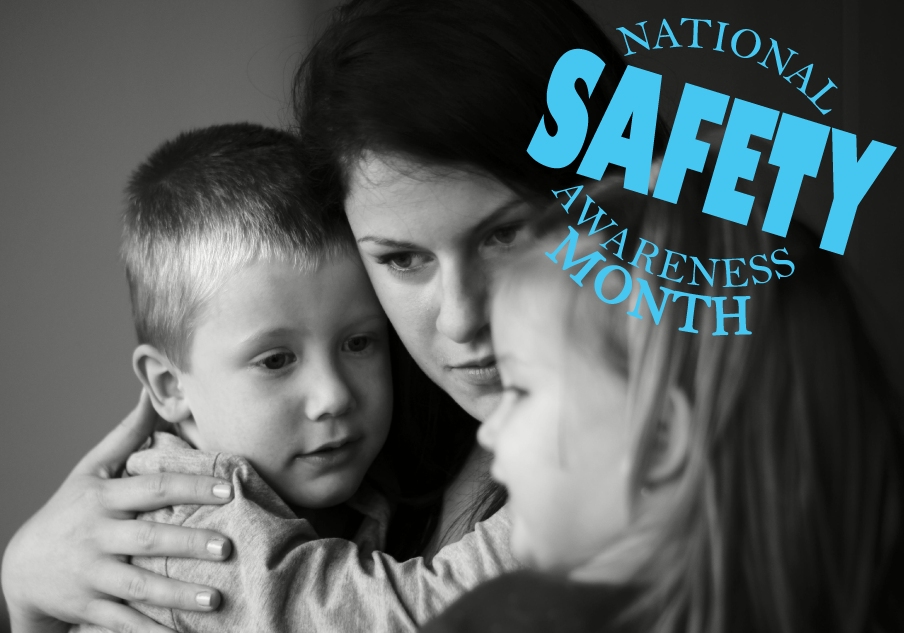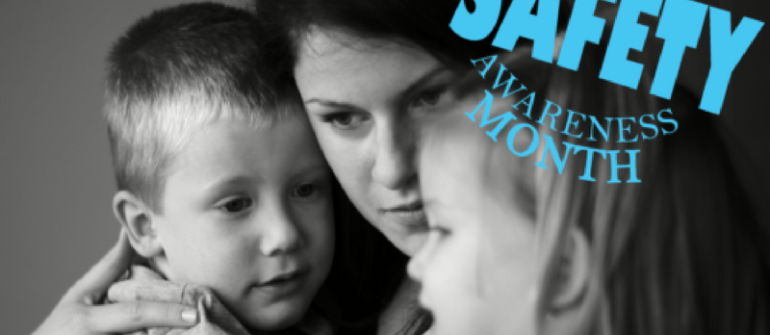 June is National Safety Awareness month and it also marks the beginning of summer storm season. In light of this, we hope to provide you with 3 steps for disaster preparedness.
June is National Safety Awareness month and it also marks the beginning of summer storm season. In light of this, we hope to provide you with 3 steps for disaster preparedness.
3 Steps for Disaster Preparedness
1. Create a survival kit
In creating a survival kit, think about what you would need if you were stranded away from home for three to seven days. Prepare your kit well in advance so that if you have to evacuate quickly, you are able to take your essentials with you.
- Canned food and other nonperishable food, along with a non-electric can opener
- Enough water for a gallon of water per person, per day
- Toiletries and personal items
- Flashlights and plenty of batteries
- A portable radio and/or television
- Prescription medications
- Extra clothing and blankets
- A first-aid kit
- Emergency cash and credit cards
- A copy of your homeowners insurance policy
- A copy of an inventory of your home’s contents
- Other personal documents
2. Have a plan
Well before a disaster strikes, you should be thinking about your evacuation plan. An evacuation plan that is spelled out and distributed to everyone in the family well in advance is a good strategy for success in case of disaster.
- Designate a place for all family members to meet. Make sure the meeting place is outside the impacted area.
- Map out an evacuation route. While there may be one welltraveled route to your meeting place, make sure you have alternate routes mapped out in case your main route is blocked.
- Keep your fuel tank filled in your car. Determine how much fuel you will need to reach your meeting place.
- Identify a contact person outside the affected area. Give their contact information to everyone in the family so they can serve as a point of contact should you get separated.
3. Build an inventory
In the event of severe damage to your home or business, having a current inventory of your possessions – including make and model numbers – can help you get your insurance claim settled faster, verify losses for your income tax return and help you purchase the correct amount of insurance.
- Take pictures. Take pictures of rooms and important individual items. Label pictures with a description, including where you bought it and the make, model and serial number.
- Create an electronic file. Use your computer to make your inventory list. Personal finance software packages often include a homeowner’s room-by-room inventory program.
- Store the list, photos and tapes. Regardless of how you create it (written list, flash drive, photos, video or audio), keep your inventory, along with receipts, in your safe deposit box or at a friend’s or colleague’s home.
- Consider expensive items. Valuable items like jewelry, art and collectibles may have increased in value since you received them. Check with your agent to make sure that you have adequate insurance for these items. They may need to be insured separately.
Was This Helpful? Get More Content Like This!
Join Our Broad & Bright Mailing List By Signing Up Below
AMSkier Clients already receive these articles and much more.


